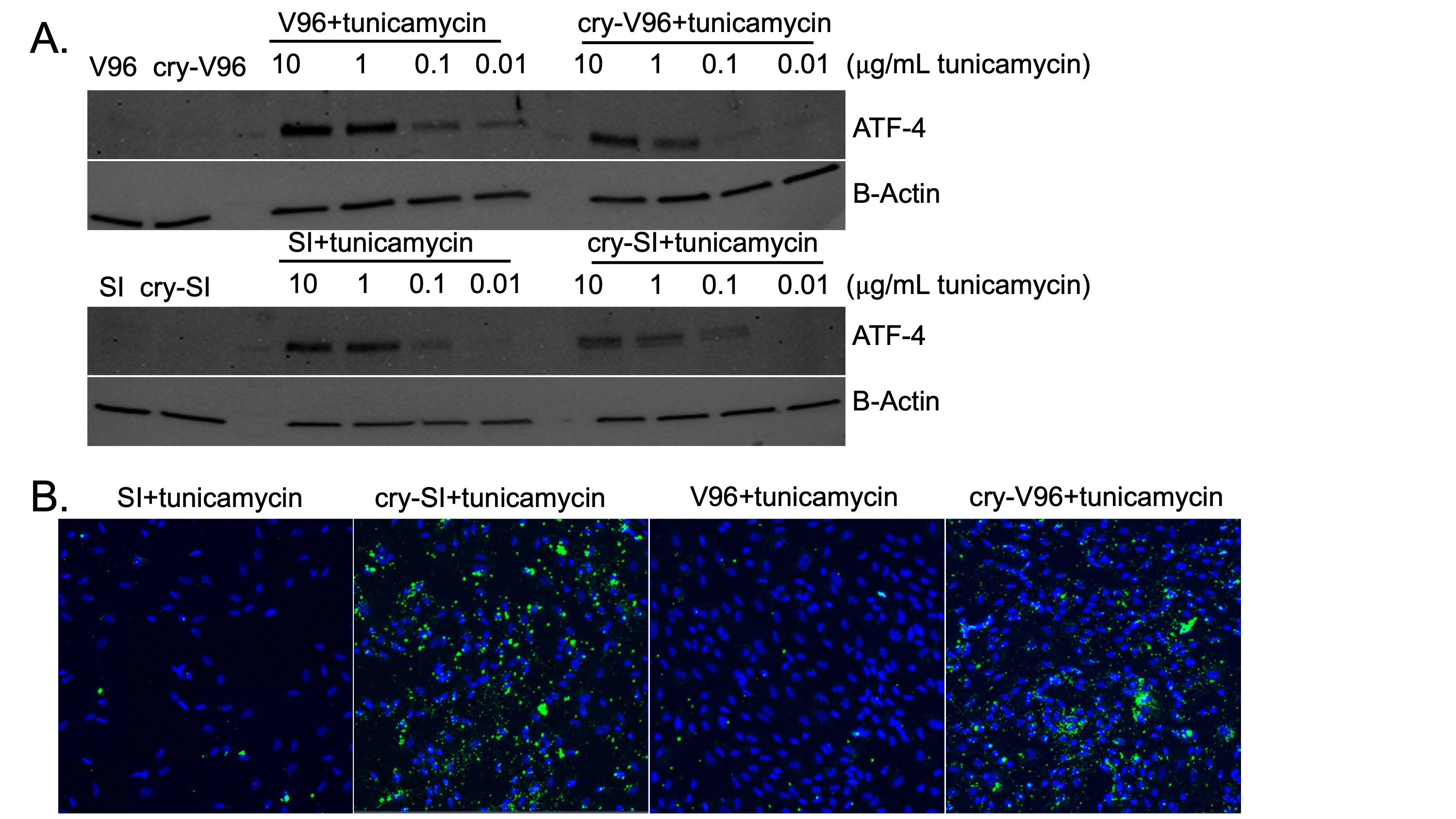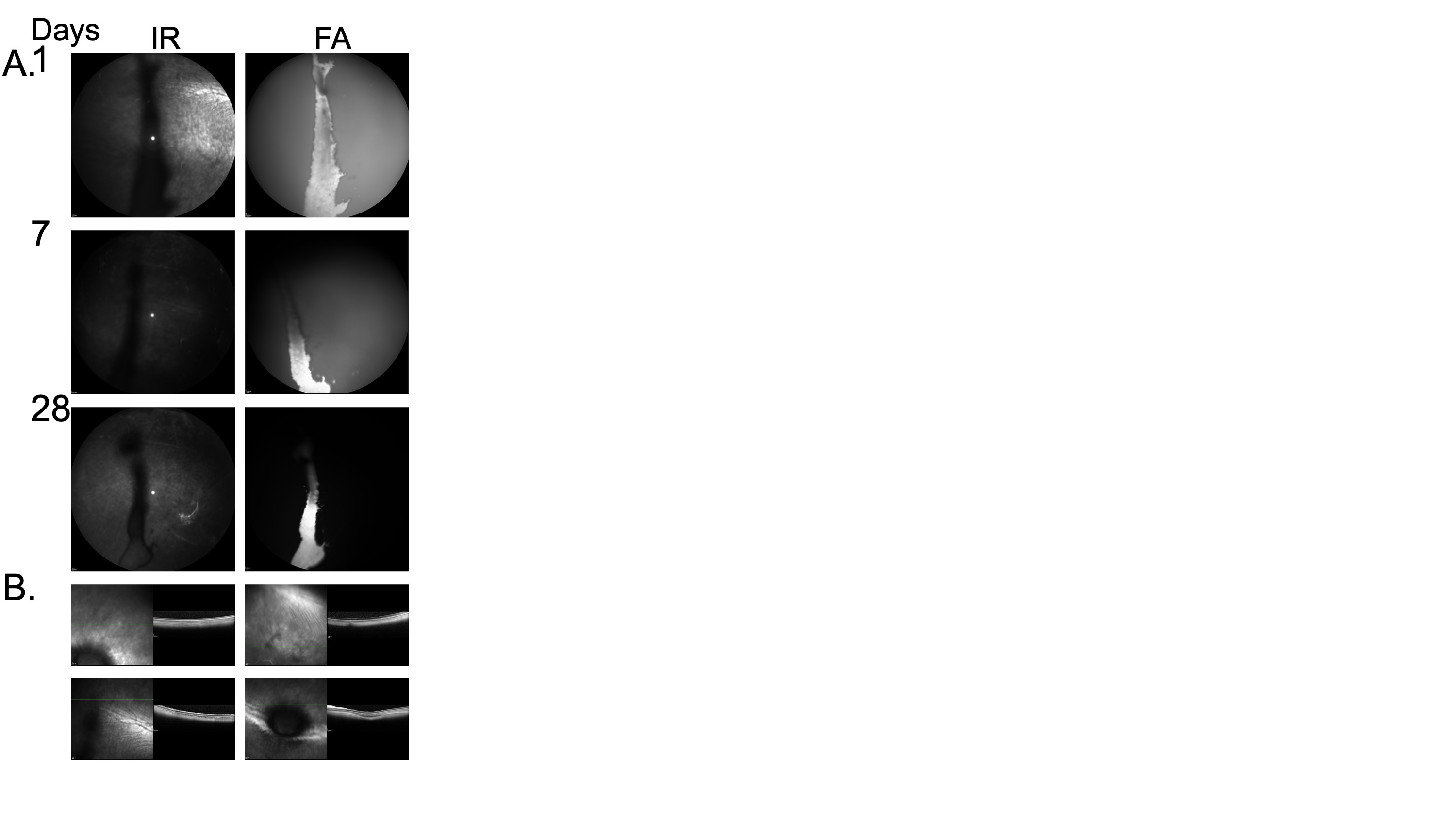Formulation and Delivery - Biomolecular
(M1330-08-48) Cellular Protective Mechanisms in ER Stress and Prolonged Ocular Retention of αB-crystallin-ELP Fusion Peptides
- SA
Sara Aly Attia, BS
Ph.D. Candidate
University of Southern California
Los Angeles, California, United States 
John A. MacKay, PhD (he/him/his)
Professor
University of Southern California
LA, California, United States- AT
Amanda Tse, BS
Ph.D. Student
University of Southern California
LA, California, United States - AR
Ashley Ramirez, MS
Graduate student
University of Southern California
LA, California, United States - PS
Paul Seidler, Ph.D.
Professor
University of Southern California
LA, California, United States - RK
Ram Kannan, Ph.D.
Adjunct Professor & Senior Scientist, Doheny Eye Institute
University of California
LA, California, United States - SP
Sreekumar Parameswaran, Ph.D.
Scientist, Doheny Eye Institute
University of California
LA, California, United States 
John A. MacKay, PhD (he/him/his)
Professor
University of Southern California
LA, California, United States
Presenting Author(s)
Main Author(s)
Co-Author(s)
Methods: We engineered two mini-cry-ELP conjugates comprising (VPGSG)48(VPGIG)48 and (VPGVG)96, designated cry-SI and cry-V96, respectively, based on their guest residue composition. Cry-SI construct, containing both hydrophilic (S) and hydrophobic (I) amino acids, forms micelles with a Tt ~ 30 °C, while cry-V96, composed of hydrophobic valine residues, has a higher Tt to ~ 37 °C. Cry-SI, cry-V96, and their controls (SI and V96) were tested for protective effects against tunicamycin (TM)-induced ER stress in retinal pigment epithelium (RPE) cells, ARPE-19 and hTERT RPE-1. TM activates the unfold protein response (UPR) through established PERK, IRE1, and ATF6 pathways, triggering apoptosis and cell death. Crystallin chaperone activity was assessed for its effect on tau prion-like seeding and fibril formation using BioTek Cytation5 and transmission electron microscopy, respectively. In vitro therapeutic efficacy and cellular uptake of ELPs were further evaluated by western blotting (WB) (Fig. 1A) and confocal microscopy (Fig. 1B). We further evaluated the ocular retention and distribution of cry-V96 in New Zealand pigmented (NZP) rabbits to assess its pharmacokinetic profile. The in vivo release profile was monitored in NZP rabbits following a single intravitreal injection, using spectralis optical coherence tomography (OCT) (Fig. 2) and aqueous humor sampling.
Results: Independent results showed that only cry-ELPs inhibited both aggregation in the tau-transformed HEK293T biosensor cells expressing a YFP-fused aggregation-prone fragment of tau containing P301S and V337M mutations and fibril formation from human autopsied brain samples. Significant nuclear association and downregulation of ATF-4 and CHOP, key markers of the UPR-PERK signaling axis, were observed in cry-ELPs treated ARPE-19 and hRPE cells. In vivo data demonstrated a sustained, visibly detectable depot at the injection site for up to 28 days.
Conclusion: Crystallin-engineered ELPs demonstrated potential disaggregation activity in tau aggregation models. Compared to control ELPs, only cry-ELPs exhibited enhanced cellular association and effectively suppressed apoptosis-related signaling during TM-induced ER stress. Pharmacokinetic profiling of cry-V96 revealed prolonged retention with preserved retinal morphology.
References: 1. Jing, G., J.J. Wang, and S.X. Zhang, ER Stress and Apoptosis: A New Mechanism for Retinal Cell Death. Journal of Diabetes Research, 2012. 2012(1): p. 589589.
2. Salminen, A., et al., Endoplasmic reticulum stress in age-related macular degeneration: trigger for neovascularization. Mol Med, 2010. 16(11-12): p. 535-42.
3. Kannan, R., P.G. Sreekumar, and D.R. Hinton, Alpha crystallins in the retinal pigment epithelium and implications for the pathogenesis and treatment of age-related macular degeneration. Biochimica et Biophysica Acta (BBA) - General Subjects, 2016. 1860(1, Part B): p. 258-268.
4. Bhat, S.P., et al., Alpha B-crystallin exists as an independent protein in the heart and in the lens. Eur J Biochem, 1991. 202(3): p. 775-81.
5. Dias, C.S. and A.K. Mitra, Vitreal Elimination Kinetics of Large Molecular Weight FITC‐Labeled Dextrans in Albino Rabbits Using a Novel Microsampling Technique. Journal of Pharmaceutical Sciences, 2000. 89(5): p. 572-578.
6. Bhattacharyya, J., et al., Mini-αB-Crystallin: A Functional Element of αB-Crystallin with Chaperone-like Activity. Biochemistry, 2006. 45(9): p. 3069-3076.
7. Attia, S.A., et al., αB-Crystallin Peptide Fused with Elastin-like Polypeptide: Intracellular Activity in Retinal Pigment Epithelial Cells Challenged with Oxidative Stress. Antioxidants, 2023. 12(10): p. 1817.
8. Sreekumar, P.G., et al., Intra-vitreal αB crystallin fused to elastin-like polypeptide provides neuroprotection in a mouse model of age-related macular degeneration. Journal of Controlled Release, 2018. 283: p. 94-104.
9. Attia, S.A. and J.A. MacKay, Protein and polypeptide mediated delivery to the eye. Adv Drug Deliv Rev, 2022. 188: p. 114441.
Acknowledgements: This work was Funded by NIH #R01EY026635 (JAM), R01EY030141(RK), P30EY029220 and Research to Prevent Blindness (RPB) to the USC. I thank Dr. JAM and RK for mentorship and USC Mann School of Pharmacy for a travel award.
 Figure 1. Cry-ELPs downregulate ATF-4 and enhance cellular association under tunicamycin-induced ER stress. (A) WB was used to evaluate the effects of pre-treating ARPE-19 cells with 25 μM of ELP-based formulations for 24 h, followed by a 24 h challenge with a tunicamycin gradient (10-0.01 μg/mL). As shown, only cry-SI and cry-V96 significantly reduced ATF-4 levels, compared to their respective controls. B) Microscopy data further confirmed that only cry-ELPs exhibited enhanced cellular association under tunicamycin-induced stress.
Figure 1. Cry-ELPs downregulate ATF-4 and enhance cellular association under tunicamycin-induced ER stress. (A) WB was used to evaluate the effects of pre-treating ARPE-19 cells with 25 μM of ELP-based formulations for 24 h, followed by a 24 h challenge with a tunicamycin gradient (10-0.01 μg/mL). As shown, only cry-SI and cry-V96 significantly reduced ATF-4 levels, compared to their respective controls. B) Microscopy data further confirmed that only cry-ELPs exhibited enhanced cellular association under tunicamycin-induced stress. Figure 2. Cry-V96 demonstrates prolonged intravitreal retention over 28 days following a single intravitreal injection, while maintaining retinal integrity. A) Spectralis OCT was used to monitor the pharmacokinetics of a single intravitreal injection of ~ 300 μM fluorescein-labeled cry-V96 in NZP rabbits. Infrared reflectance (IR) and fluorescein angiography (FA) imaging revealed a visible depot throughout the 28-day period. Diffusion from the depot (indicated by whitish background signal) was clearly observed on days 1 and 7. B) Retinal sections obtained on day 28 at different spots, prior to euthanasia, showed preserved retinal structure, confirming the absence of observable toxicity.
Figure 2. Cry-V96 demonstrates prolonged intravitreal retention over 28 days following a single intravitreal injection, while maintaining retinal integrity. A) Spectralis OCT was used to monitor the pharmacokinetics of a single intravitreal injection of ~ 300 μM fluorescein-labeled cry-V96 in NZP rabbits. Infrared reflectance (IR) and fluorescein angiography (FA) imaging revealed a visible depot throughout the 28-day period. Diffusion from the depot (indicated by whitish background signal) was clearly observed on days 1 and 7. B) Retinal sections obtained on day 28 at different spots, prior to euthanasia, showed preserved retinal structure, confirming the absence of observable toxicity. 